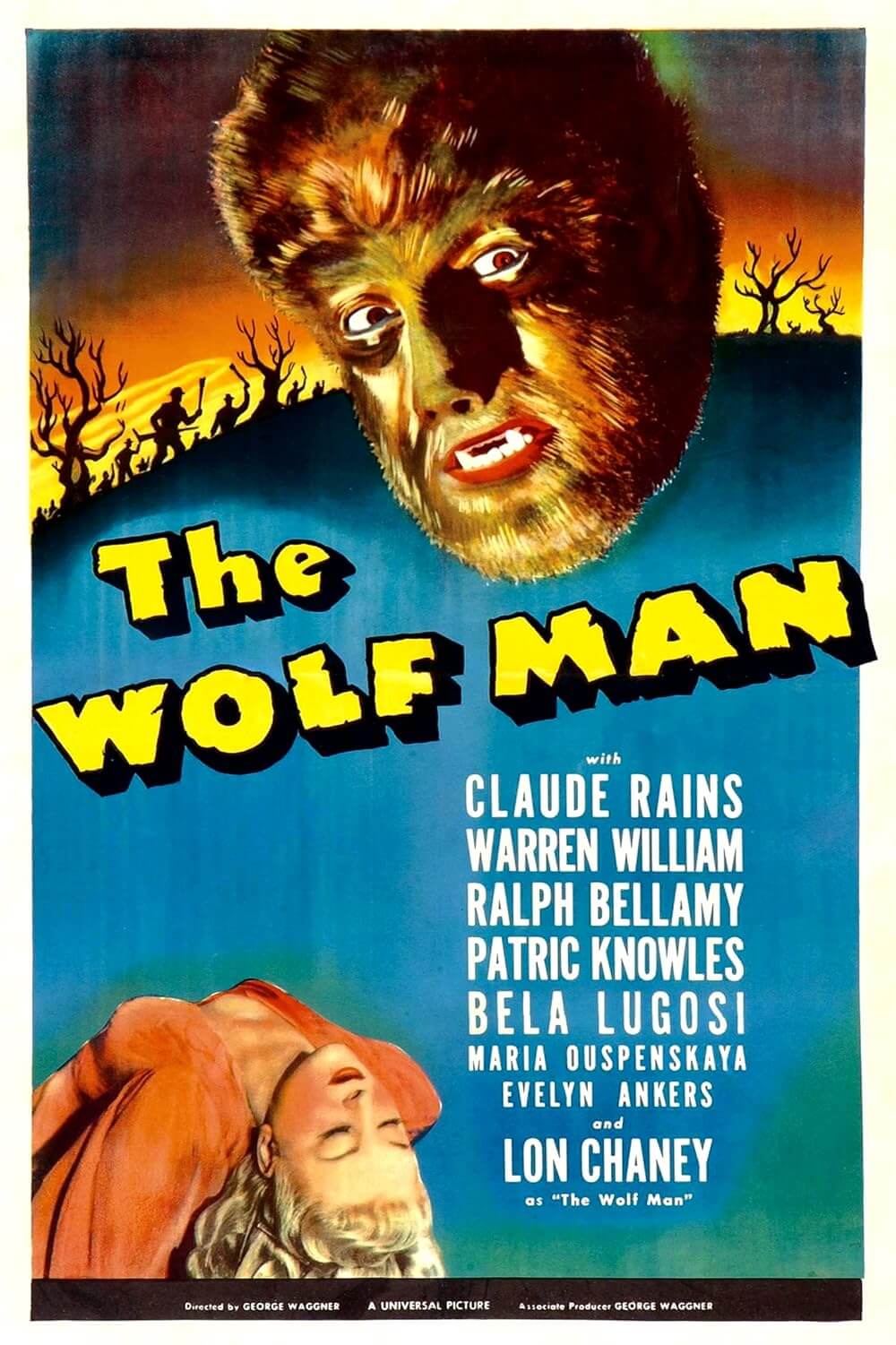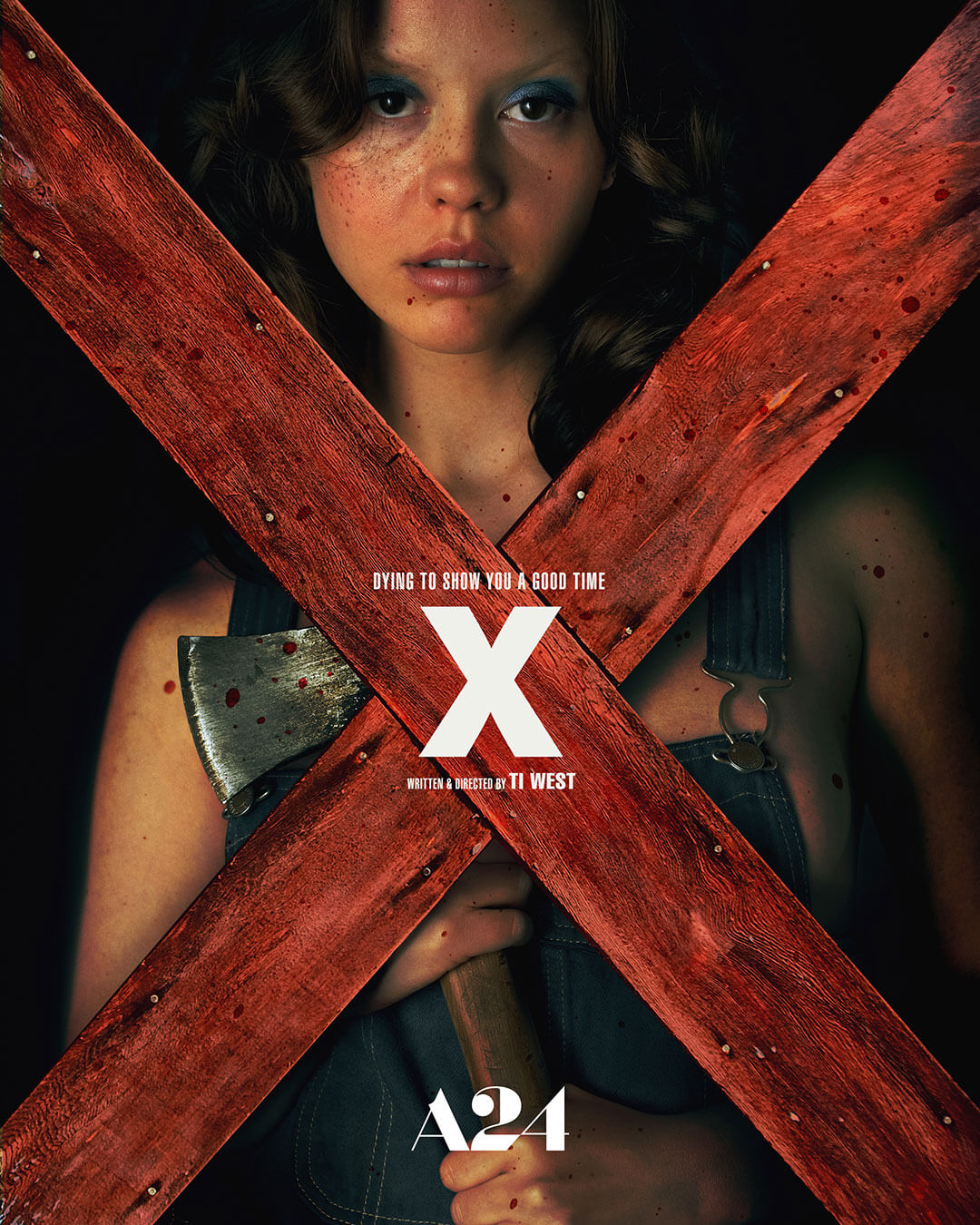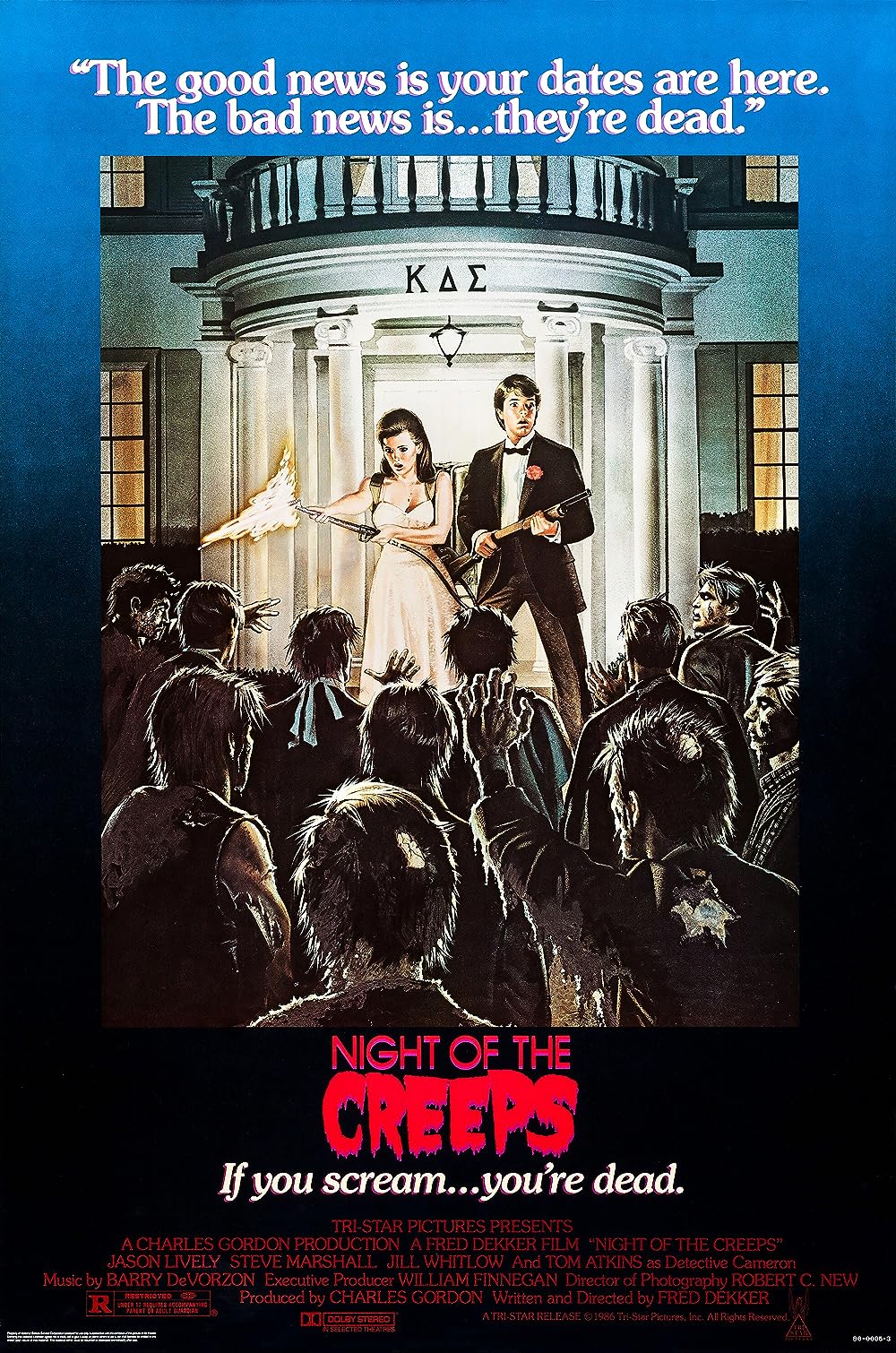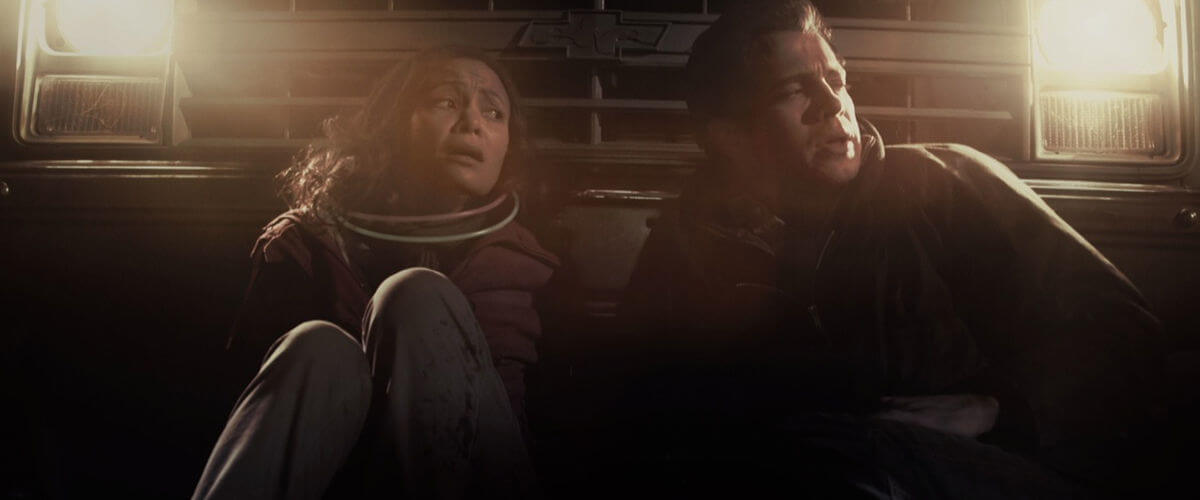
Vanishing on 7th Street
By Brian Eggert |
In the mid-1580s, hundreds of colonists on Roanoke Island, just off the coast of present-day North Carolina, disappeared. They settled from Britain in a venture backed by Sir Walter Raleigh, and shortly thereafter the settlement was empty. The houses were broken down in an orderly fashion and the site abandoned, the colonists gone without a trace. No one could say where they went and no signs pointed to a violent confrontation, such as with (largely suspected) local Native American tribes. Instead, a single clue remained; the word “Croatoan” was carved into a fort post. Whether this meant the colonists assimilated with a local tribe of Croatans or perhaps were dismantled by them, historical evidence does not show. Plenty of theories exist, however, including claims of cannibalism or something more other-worldly. Meanwhile, several ongoing archaeological investigations hope to find the answer.
Much like the disappearances of the Anasazi culture or Ninth Legion, one of history’s eerie unsolved mysteries provides the inspiration for another half-baked movie inspired by the legend, this one called Vanishing on 7th Street from director Brad Anderson (Transsiberian). Deriving its scenario from the Roanoke Colony, the film involves unexplained disappearances in what might be described as a post-apocalyptic setting. A few survivors cling to light in what’s apparently a worldwide blackout, where shadows reach like ghostly fingers from the darkness and make anyone they touch vanish into thin air. Despite the creepy setup, this disappointing thriller squanders oodles of potential with its failure to provide a satisfying conclusion.
The story opens when darkness falls on Detroit in an unexplained power outage. The instant the lights went out, everyone seemed to disappear. A group of strangers played by Hayden Christensen, Thandie Newton, John Leguizamo, and young newcomer Jacob Latimore all just-so-happened to have flame or battery-powered lights around them during the outage, so they weren’t taken like the rest. Still, they’re pursued by elongated shadows reaching out like tentacles, forcing survivors toward a bar that remains lit thanks to a gas-powered generator. There they hole up and discuss what could be causing this. Hints at the Roanoke inspiration appear early in the film and come up later in conversation, but the characters attribute the darkness to whatever they believe—from religious to more sinister sources.
With a setup that provides multiple opportunities for flashlights to malfunction in typical horror formula, Anderson’s approach excels at creating a sense of dread, even if there’s never an explanation as to why. Empty streets have an I Am Legend feel, and emerging shadow-thingies are just as badly conceived with CGI as the vampire-thingies from that film. The characters have no depth or development to speak of, no arcs to follow nor lessons to learn, even though screentime is wasted on insignificant flashbacks. When they disappear, they go just like everyone else without a tear shed for their absence.
Anderson explores screenwriter Anthony Jaswinski’s theory that our basic fear of the dark—or more specifically the unknown—remains one of the greatest in mankind’s history. Although, isn’t it more frightening to look into the abyss and realize something atrocious is looking right back at you? The possibility that something terrible lurks behind our fear and paranoia drives great horror films like John Carpenter’s The Thing and Frank Darabont’s The Mist. Jaswinski doesn’t present answers as to what waits in the darkness, and he doesn’t allow his bland characters to resort to horrible extremes to find out either. The film gives up after establishing its basic concept and leaves the audience wanting more, a lot more.
Having premiered at the Toronto International Film Festival’s Midnight Madness genre festival, Vanishing on 7th Street was picked up by Magnet for limited theatrical distribution and a major push in the video-on-demand market. For a sleepy late-night viewing, the film might inspire the half-invested viewer to wake up for the 90-minute duration. Anyone hoping for an experience that offers some kind of meaningful conclusion or answers to even the most general questions about its story should look elsewhere. Audiences are sure to feel let down by the sudden and hollow conclusion, even if it does earn the film (somewhat unjust) comparisons to an episode of “The Twilight Zone”.
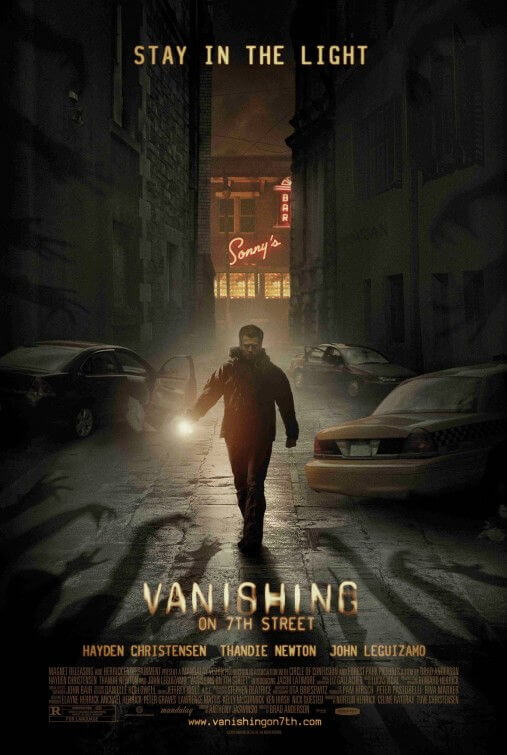
Thank You for Supporting Independent Film Criticism
Thank you for visiting Deep Focus Review. If the work on DFR has added something meaningful to your movie watching—whether it’s context, insight, or an introduction to a new movie—please consider supporting it. Your contribution helps keep this site running independently.
There are many ways to help: a one-time donation, joining DFR’s Patreon for access to exclusive writing, or showing your support in other ways. However you choose to support the site, please know that it’s appreciated.
Thank you for reading, and for making this work possible.
Brian Eggert | Critic, Founder
Deep Focus Review


